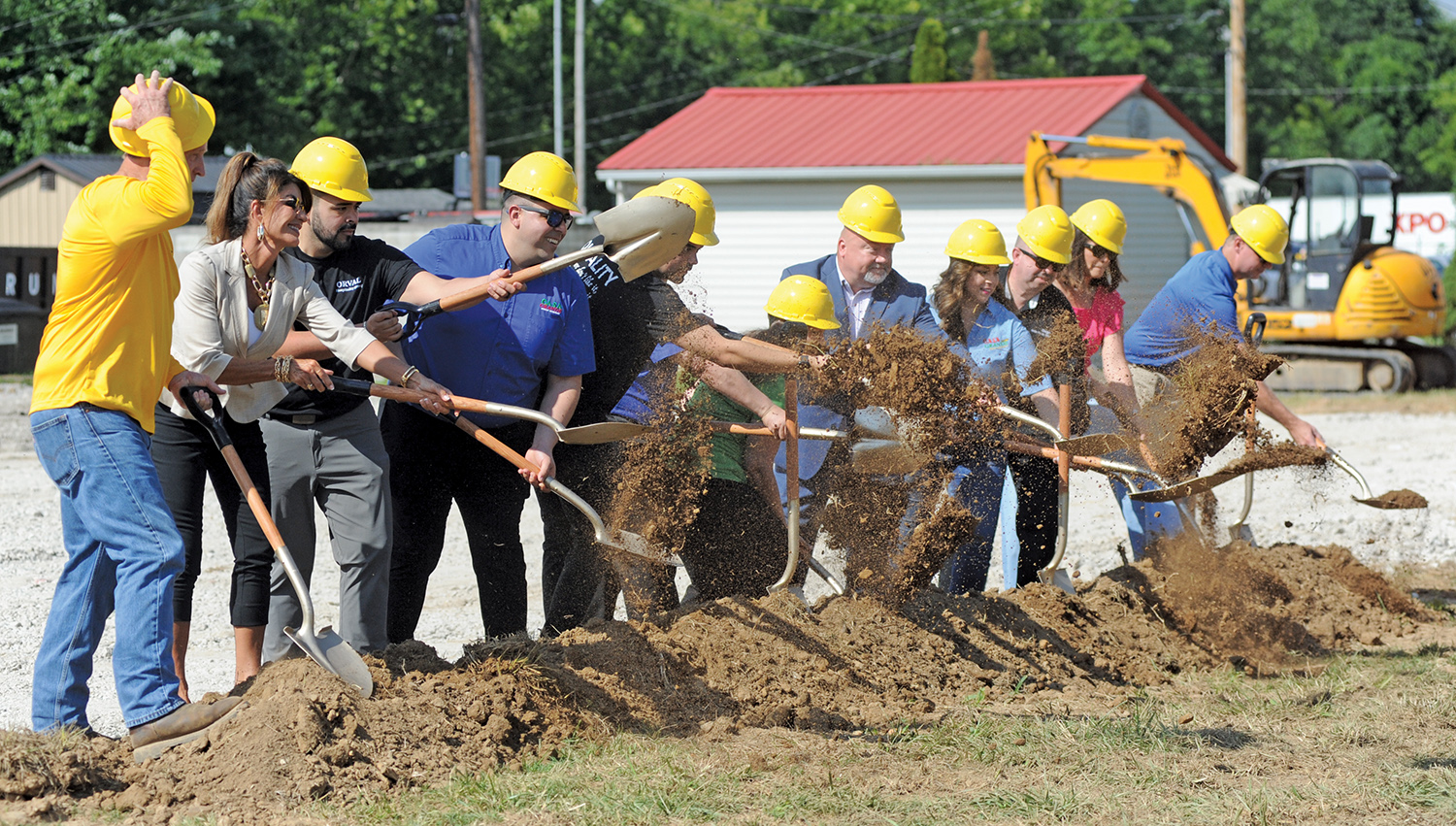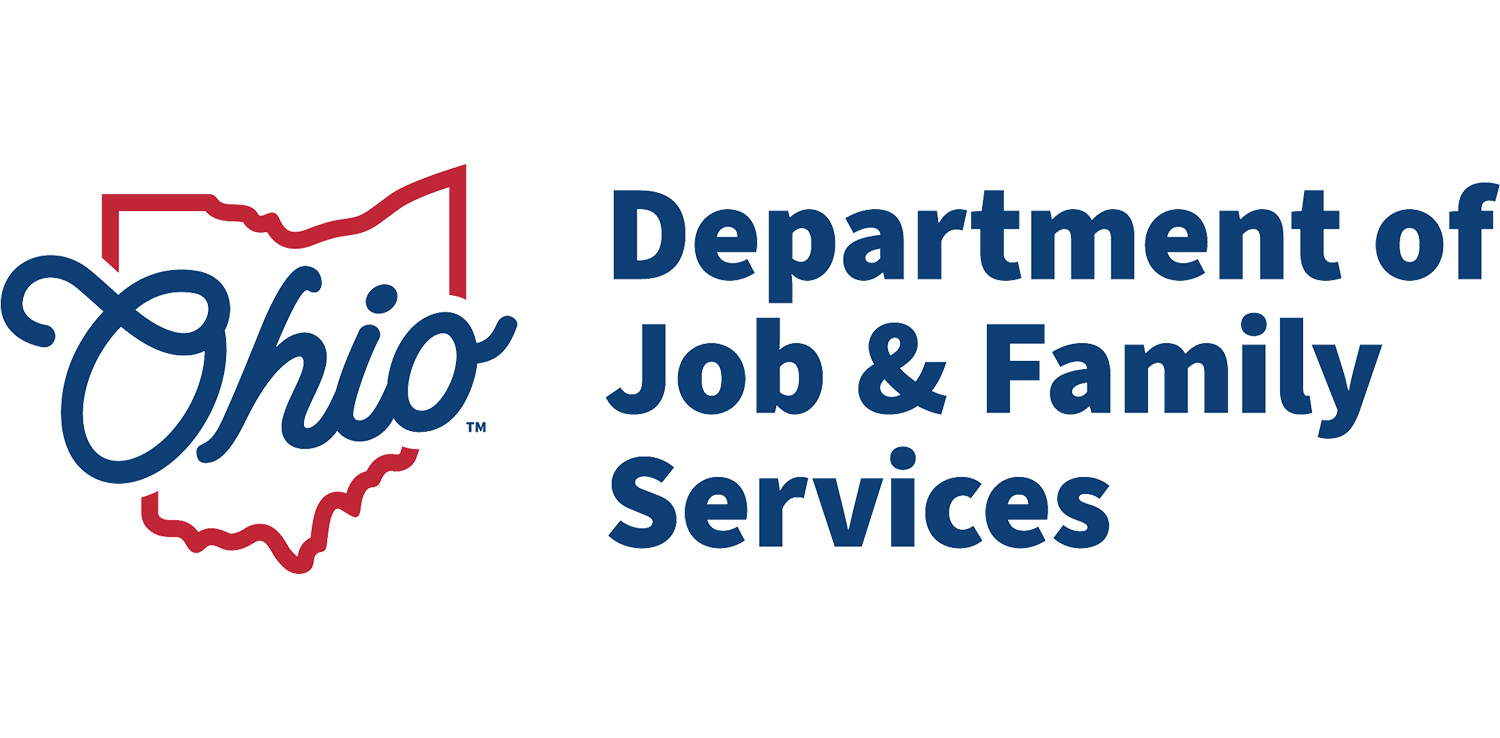Leave the little ones alone, there is no daycare in the wild
Published 5:24 am Monday, May 23, 2022
There is no daycare in the wild.
It is spring and the world brings forth young at the time that there are plenty of plants and insects to feed them. Unfortunately, in the wild, not all mothers survive and there is not an adoption system in place for the young.
This means that it is peak season for wildlife rehabilitation.
Orphaned wildlife often finds its way to us or other licensed rehabilitators. Orphans need help until they can be on their own. By the way, the definition of an orphan is that the animal (or the child) has lost their parents.
This is not the story for most of the wildlife calls that we receive and even some of the wildlife itself that comes in.
Baby birds do not just have all their feathers and fly the first attempt. They are like teenagers and want the car, but don’t have the gas money to go very far. These birds are called branchers and will hop from branch to branch, practicing flight, but cannot actually fly.
These branchers are often found on the ground. The best thing to do is make a nest, a margarine tub with holes punched in the bottom is good.
It is a myth that bird parents will abandon their young after people have handled them. In fact, most birds cannot smell very well at all.
Baby rabbits and fawns are left alone by their mothers for 12-24 hours at a time. In case you were wondering, there is no day care in the wild.
Babies are left, while the mothers feed to make enough milk to feed them. Eastern cottontails, for instance, power nurse their babies a rich milk once a day.
Usually, this is about three or four in the morning. (I don’t know about you, but that is not my peak rabbit watching time!)
Even does that go back to their fawns twice a day will not return to them if they think there is danger. A human watching definitely qualifies as danger.
Unless they are hurt or threatened, wildlife should be left in the wild. Still sometimes mom is dead and we can see her or a pack of dogs chases a fawn into a swimming pool or something that means the young needs to be “saved.”
The staff has most stuff down to a routine, but bats are different. And, I have a baby bat.
The bat is an orphan. Starving, she left her roost and was picked up by humans who brought her in. One of two bats so far this year, she has lived a couple of weeks. Baby bats have to be fed several times a day for several weeks. Many baby bats don’t make it in foster care.
We are a licensed rehabilitator, but we receive no funding from either state or federal funds.
While we cannot take in all wildlife (and no raccoons, skunks, poisonous snakes or monkeys), we do try to help. We will teach baby bird and rabbit care and take in some others. Raccoons and skunks can carry and transmit rabies without showing any signs. Raccoons also transmit raccoon roundworm that can burrow through the spinal cord and brain of humans and pets. Raccoon distemper is an often fatal, airborne disease that is transmitted to dogs, something we cannot afford to have in the hospital.
Obviously, a bat is something that most people cannot handle at home. Even as a baby there is a risk (although extremely slight) of rabies virus. That means that it is safer to have the rehab done by someone who has a rabies vaccine. At our hospital, that is only me. So, I am in three to five times a day to feed the critter. (Next week more on bats.)
My friend says that the baby bat is cute. Personally, naked, blind and hairless don’t do anything for me. But she is starting to have some personality and is now picking her back leg up to scratch her neck which is kind of cute.
But like all honest evaluations of wildlife rehabilitation success, most do not make it.
But some do.
So I trek in to feed.
And try. Maybe to help this one.
MJ Wixsom, DVM MS is a best-selling Amazon author who practices at Guardian Animal Medical Center in Flatwoods, Ky. GuardianAnimal.com 606-928-6566






